The Theory of Massage Therapy
First, a student must learn the theory of massage, because knowledge of mere rubbing is not good enough. He must learn the structures of the body and the effects of their movements. For example, a movement that is best for skin and superficial fascia is useless for muscles. The thing is to know when to apply varieties of movements.
In the Weir- Mitchell treatment massage takes the place of exercise. It is simple and straightforward, and the knowledge of anatomy is not called for. But, in other cases, such as fractures and synovitis, the theory is important. Deep breathing should be included in the massage.

"Massage" is derived from a Greek word signifying to knead and an Arabic meaning to press. It is the scientific manipulation of the soft tissues of the body.
The result of stroking, kneading, and squeezing the skin and muscle are better skin function, the quickened flow of blood and lymph, attraction of blood to the surface from internal parts, stimulating and soothing of nerves, getting rid of effete matter, breaking down of adhesion of soft parts, reducing of tissue swelling and thickening and increased nutrition.
- With respect to the multidisciplinary treatment of musculoskeletal disorders massage therapy has a desirable safety profile and it is a health care option that is effective, economical, and accessible. Understanding the basic science behind massage therapy and the guiding principles of adaptability enables massage therapists to think flexibly about what is going on, both in terms of specific and nonspecific effects. Based on available evidence the best way to describe the effects of massage therapy, is not in a single unified response, but as a collection of interconnected adaptive responses within the nervous system and soft tissue structures.
- A biopsychosocial framework of health and wellness helps put into context the interconnected and multidirectional interaction between physiology, thoughts, emotions, behaviors, culture, and beliefs. In terms of clinical responses to massage therapy there are a couple of proposed mechanisms of action, including but not limited to: affective touch, contextual factors, mechanical factors, and neurological factors.
- Socially appropriate interpersonal touch has been shown to stimulate the release of neurochemicals (endogenous opioids and oxytocin) associated with relaxation and pain relief. Massage therapy has been shown to influence cortisol levels, but the effect is small and, in most cases not clinically significant.
- Researchers have investigated the effect of soft-tissue massage on cellular signaling and tissue remodeling; this is referred to as mechanotherapy. Geoffrey Bove a researcher at the University of New England has conducted research examining the effect of modelled manual therapy on repetitive motion disorders and the development of fibrosis. One study published in The Journal of Neurological Sciences showed soft-tissue massage prevented the deposition of collagen and transforming growth factor beta-1 (TGF beta 1) in the nerves and connective tissues of the forearm.
Conditions
When giving a massage at the operator's house, a bed must be 2 feet wide, about 26 inches high, and the room kept at the proper temperature. If visiting, a patient's benefit and comfort come first, but the masseuse must be comfortable as well if going to be able to do her best work. A patient must be kept warm and covered, except for the parts that are being manipulated. In heart cases, hot-water tins are used.
When manipulating the lower limbs, wrap them up and fold the bedclothes back to the hips. When massaging the arms, one sleeve is taken off at a time and replaced. After finishing with the arms, the patient is turned, and with the back massage, the massage is finished. Of course, this order need not always be followed.
As a rule, the masseuse faces the patient and should be at a comfortable distance, but not cramped or strained. Usually, the elbows are close to the sides, fingers held close together and straight, and unnecessary stooping must be avoided. Also, there must be no jerking. The masseuse should glide from one movement to another.
This is much more complicated than it sounds, and only with constant practice and by paying attention to details can a pupil overcome these difficulties. The eye and hand must instantly notice everything about the skin, muscle, etc., of the patient and make a mental note which may be useful. If the body temperature of the patient is too high, the massage should be suspended.
The masseuse should answer all questions cheerfully and be ready to give any information she can. Masseuse should take good care of their hands. Also, because many are right-handed, you should train your left.
What to use for Massage
Lubricants are not necessary except under special circumstances. If needed, use olive- oil, cocoa butter, or lanoline cream. No medical oil or ointment should ever be used unless a doctor directs it, and patients are thankful if they know that the masseuse uses neither oil nor powder.


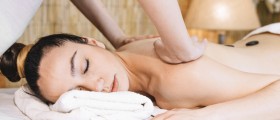
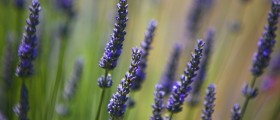
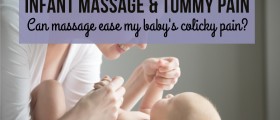
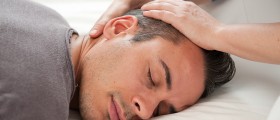

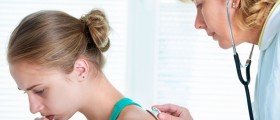
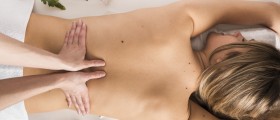
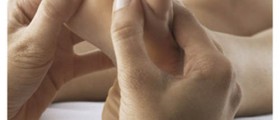

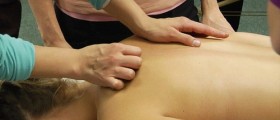
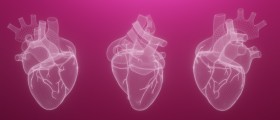

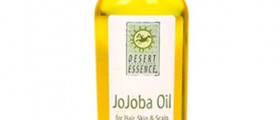
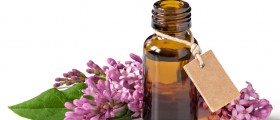

Your thoughts on this
Loading...